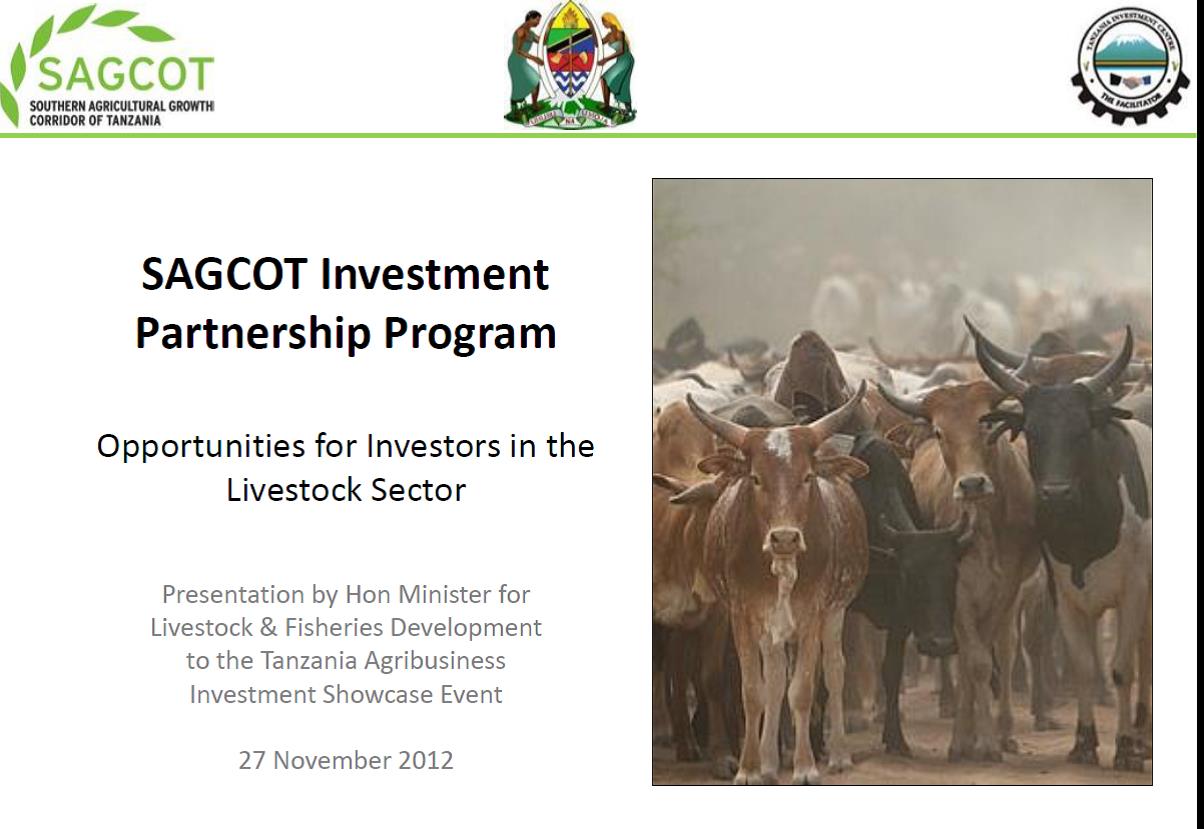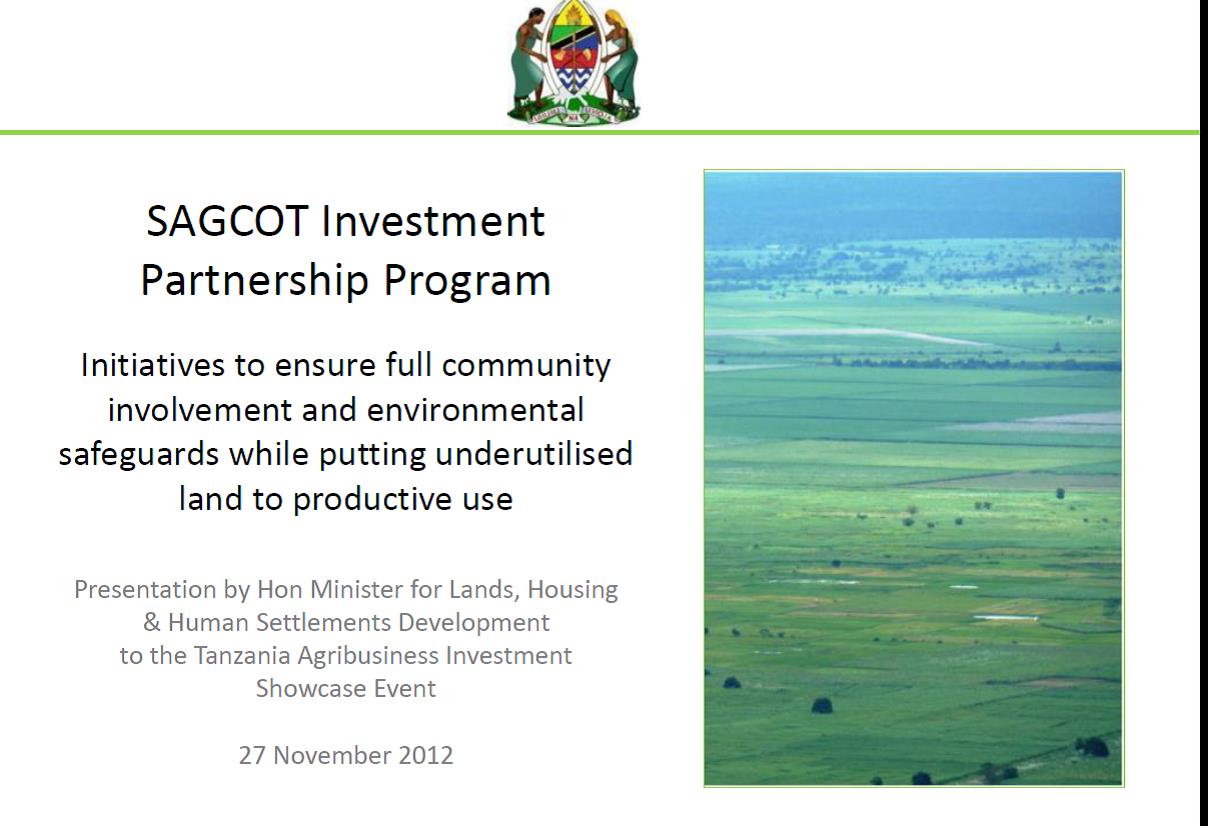Accelerating Pro-poor Growth in the Context of Kilimo Kwanza
Since early 1990’s Tanzania has implemented far reaching macroeconomic and structural reforms which has led to substantial socio-economic development. GDP growth per annum has almost doubled over the last decade from 4.1% in 1998 to 7.4% in 2008, with an average growth of 7% per annum. This is historically high for Tanzania and comparable to the performance of fastest growing economies in sub-Saharan Africa. GDP growth peaked in 2004 at 7.8%, but severe and prolonged drought during 2005/06 negatively affected the economy, and the GDP has been gradually recovering to reach 7.4% in 2008.






